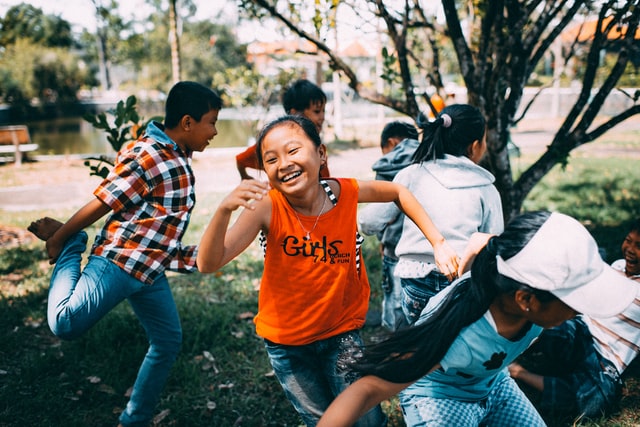Unmet Demand for Afterschool Programs Reaches All-Time High
 Parents of children enrolled in afterschool programs are happier with their participation than ever before, according to a new study. At the same time, there aren’t nearly enough programs available, and students from low-income families are the most likely to lack access. For every child in an afterschool program today, three more are waiting to get in.
Parents of children enrolled in afterschool programs are happier with their participation than ever before, according to a new study. At the same time, there aren’t nearly enough programs available, and students from low-income families are the most likely to lack access. For every child in an afterschool program today, three more are waiting to get in.
Commissioned by the nonprofit Afterschool Alliance, and conducted by Edge Research, “America After 3 PM 2020” builds on household surveys conducted in 2004, 2009, and 2014 and offers a pre-pandemic snapshot of how youth spend their afternoons that has significant implications for the post-pandemic world.
The study finds that the families of 24.6 million children -- more than ever before -- are unable to access afterschool programming, with many reporting cost as a barrier. It also exposes significant inequities, with Black and Latinx children and low-income households disproportionately affected.
“Quality afterschool programs are essential to student success in school and life. If we want to emerge from this pandemic strong, we need to provide all youth access to the important enrichment opportunities and resources afterschool programs provide. We’re far from doing that now,” says Jodi Grant, executive director of the Afterschool Alliance.
 To further understand the state of U.S. afterschool programs today, consider these core findings from the report:
To further understand the state of U.S. afterschool programs today, consider these core findings from the report:
- Unmet demand is soaring. Demand has grown 60% since 2004, from 15.3 million children waiting to get into a program in 2004 to 24.6 million children in 2020.
- Barriers to participation grow. Sixty-one percent of low-income parents report that cost is a barrier to enrolling their child in an afterschool program, up from 50% in 2014. Access, such as a lack of a safe way for their child to get to and from a program, is a barrier for 58% of respondents.
- Inequities persist. These barriers especially affect low-income families. The number of children from low-income households in afterschool fell from 4.6 million in 2014 to 2.7 million in 2020, while the number of higher-income children in afterschool fell by just under 450,000.
- Public support is strong. Eighty-seven percent of parents support public funding for afterschool programs in communities that have few opportunities for children and youth, support that crosses demographic and political divides. This may in part be due to the growing recognition of the benefits programs provide. Eighty-three percent of respondents agree programs give working parents peace of mind, 81% agree programs help parents keep their jobs, and 76% agree programs help children gain interest and skills in STEM.
 For low-income families, the survey reveals that programs address additional needs, such as providing children snacks and meals and offering them skill-building workshops, as well as connecting families to valuable community resources.
For low-income families, the survey reveals that programs address additional needs, such as providing children snacks and meals and offering them skill-building workshops, as well as connecting families to valuable community resources.
To view the full report, visit www.afterschoolalliance.org/AA3PM .
“It’s unacceptable that the parents of nearly 25 million students are struggling to find or afford an afterschool program,” Grant said. “Every parent should have access to an affordable, quality afterschool program that will keep their child safe, supervised, and learning. We need more federal, state, local, business, and philanthropic support to meet the needs of students and their families after school.”






